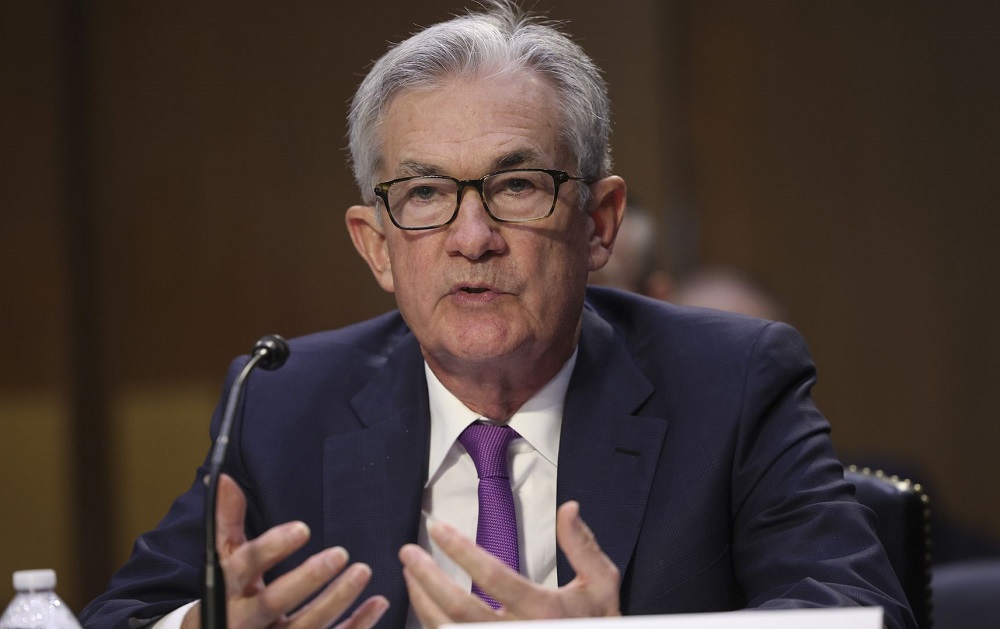How many times will FED hike rates next year?
The Federal Reserve could lift the fed funds target two times next year, not one. That’s more than most economists seem to expect but no more than is priced in by the market.

The Federal Reserve could lift the fed funds target two times next year, not one. Photo: FED Chairman Powell
There are a number of reasons. On inflation, it would be above forecasts made by the Fed and most analysts. The FOMC’s median forecast is for PCE prices to rise 2.2% next year but that forecast was made in September and will probably be slightly higher at the next forecasting round in December. Analysts see PCE prices at 2.3% in the fourth quarter of next year according to the median forecast from 40 institutions that contribute to the regular Bloomberg survey.
Mr. Steve Barrow, Head of Standard Bank G10 Strategy, said that PCE prices will be higher; most likely between 2.5% and 3% but a 3%-plus figure is certainly not impossible. It is not just that supply chain disturbances have persisted; it is also that price pressures have broadened. In other words, more components of inflation show large increases, ominously including shelter which has a large weight in the CPI and PCE indices.
“The Fed has clearly not responded aggressively to the rise in inflation to date; something that’s surprising in some ways given that last year’s monetary policy review saw the Bank switch to stress that policy would be geared to actual inflation, not inflation forecasts. But here we are, and the Fed has been meek largely because it is forecasting forecasting forecasting that the surge in inflation will be temporary. In our view, as more actual inflation data comes through, and overshoots expectations, the Fed will find itself on ever weaker ground and will have to respond to this by hiking rates next year by more than it currently suggests (the median FOMC view from the last DOTS plot saw a split between those seeing no increase next year and those who predict one hike)”, Mr. Steve Barrow said.
The other half of the Fed’s mandate is employment. Here there is no doubt that employment is below the levels the Fed wants to see before concluding that its objective of full and inclusive employment is met. Non-farm payrolls are still some 5m short of their pre-Covid levels. However, there are two factors to bear in mind here. The first is that vacancies are at record levels and the second is that it is possible that Covid has permanently lowered the participation rate. Put these together and it seems likely to us that the Fed’s employment goal will be met next year and very possibly before the middle of the year.
These are not the only reasons for thinking that the Fed will hike rates twice next year; one in Q3 and one in Q4. “We think there’s a credibility issue as well. Right now, the Fed has rather locked itself into the difficult position of arguing that it won’t hike rates before it has finished the taper, which is slated for next June. We think it is problematic because we believe the build-up of market pressure for a rate hike over this taper period will be quite intense as inflation stays stubborn and the unemployment rate falls. We expect the Fed to respond to this in two ways. The first is to become steadily more aggressive with the taper, so that the process ends before next June. The second is for the Fed to start discussing the case for, and possibly even the timing of, rate hikes before the taper has finished. Should this happen, we’d expect the Fed to come out of the taper with a relatively quick rate hike, probably in Q3”, Mr. Steve Barrow said.
Given that two rate hikes next year are priced by the market, it might seem that this process will go through without too much market stress. But if this is not be the case, we will look for market volatility to rise, not fall.








